How the Supply Chain Crisis Impacts Industrial Real Estate
Experts weigh in on the disruption, which could last well into 2022.
The supply chain crisis has hit the news in recent weeks with port bottlenecks on both coasts, particularly in Los Angeles and Long Beach in California, where containers ships are often waiting weeks to unload their cargo. Consumers are taking note of dwindling supplies in some stores, waiting longer times for deliveries and worrying whether they will be able to do their holiday shopping.
But industrial and logistics experts say the supply chain snafus didn’t begin overnight and due to lagging pandemic-related problems around the globe and labor shortages and other issues here in the U.S., could last well into 2022 and possibly early 2023. While they take time to work through the system, there are both immediate and long-term impacts on the U.S. industrial sector.
READ ALSO: ULI, PwC Name Real Estate’s Top Cities
“The pandemic had a huge impact on the world and we’re experiencing the bullwhip effect,” said Richard Thompson, JLL global supply chain and logistics consulting leader.
China, which is a huge supplier of goods being imported to the U.S., shut down just as consumer demand shot way up and e-commerce surged during the pandemic. The global supply chain has struggled to catch up as COVID-19 and the Delta variant continued to impact Asian workers and ports. Now there is an imbalance of imports and exports, with congestion at many U.S. ports leading to a lack of containers around the globe to replenish supplies.
Speaking during the company’s third-quarter earnings call on Friday, Prologis CFO Tom Olinger said that because production is not flowing smoothly in the very long supply chain due to the stops and starts of the pandemic, “old models for predicting demand and carrying inventory are basically thrown out the window.”
Adding to the demand is U.S. companies shifting from a “just-in-time” inventory strategy to a “just-in-case” supply chain strategy. Prologis estimates this shift could drive inventories up by more than 5 to 10 percent at U.S. warehouses. Moving to what he called a “safety stock” model, would mean keeping 30 to 45 days of inventory in warehouses compared to 14 days, according to Jim Connor, Duke Realty chairman & CEO.
“These companies feel the need to have more critical or core material inventory on board to avoid future supply chain disruptions,” Connor told Commercial Property Executive.
Logistics experts said that trend coupled with the growing move for more onshoring of manufacturing to North America will drive the increasing demand for high-quality industrial warehouse and distribution space across the U.S. for the next five years. The combination of drivers could add from 750 million to more than 1 billion square feet of incremental demand for new warehouse space in the next few years.
“That’s two to three years of normal demand in the U.S. Every headline you read about supply chain issues is a catalyst for more warehouse demand in the U.S.,” said Connor.
As we come out of the pandemic, many companies are beginning to have second thoughts about total reliance on a single overseas supplier and will be bringing offshore production back to the U.S. over the next several years. While it will increase the need for construction of more manufacturing space at industrial sites and expansion of rail and air distribution hubs around the U.S, that repatriation would also increase costs, noted Barry LePatner, a veteran real estate and construction attorney and principal of LePatner & Associates LLP.
Higher transportation costs
Transportation costs are already skyrocketing due to the supply chain squeeze, rising energy prices and higher labor wages. The cost to ship a container from China to the U.S. is up approximately 200 percent, coupled with about 40 percent more to move goods around the country, according to James Breeze, CBRE, global head of industrial and logistics research.

Barry LePatner Esq., Construction Attorney & Principal, LePatner & Associates LLP. Image courtesy of LePatner & Associates LLP
A recent CBRE report from its Supply Chain Advisory group noted transportation costs are rising faster than industrial rents. The report stated transportation costs can account for 50 to 70 percent of a U.S. company’s total logistics spend compared to fixed facility costs, including rents, which comprises about 3 to 6 percent.
To hedge against further rising costs, companies are expanding domestic warehouse space to reduce the frequency of long-distance shipping and to get as close to the ports or distribution hubs as possible to cut expenses. They are calculating it’s better to pay higher rents if they can lower transportation costs. That’s even with rents growing at a record pace along with historic leasing activity in places like California’s Inland Empire, where rents are up nearly 30 percent this year and the vacancy rate is about 1.4 percent, said Breeze. On average first-year rental rates are up about 10 percent, he added.
“We hear from occupier clients willing to pay that rent, willing to pay even higher rent because they need to be in those markets. They need to be close to the ports and need to be near major population markets to cut down on transportation costs,” Breeze said.
Third-party logistics (3PL) providers have benefitted from the growth in transportation costs and the lack of space as many retailers and wholesalers choose to outsource some or all of their distribution and warehousing needs, particularly in low-vacancy markets.
CBRE reported 3PLs have leased 121 million square feet of bulk (100,000 square feet and above) industrial space this year, representing a 31.3 percent market share and nearly double the 66.8 million square feet leased in the same period last year. Breeze said in markets like the Inland Empire and New Jersey about 50 percent of the leasing is being done by 3PLs because of the tight supply.
Demand surging
A Prologis second-quarter report found overall logistics demand reached a record quarterly high of 110 million square feet, bringing absorption for the first half of the year to 194 million square feet, more than double from the same period in 2020. Prologis said the demand was broad-based across a range of customers with urgency to secure space a major factor, adding supply continues to rise but can’t keep up with the demand, which should push rent growth above 10 percent in 2021.
Connor said the need to get more products to consumers in a 24-hour to 48-hour window is driving the need for larger, state-of-the-art facilities. Some markets are more constrained than others and some like Seattle, which has a 6.4 percent vacancy rate for warehouses, have more space available.
That’s good news for occupiers who want to be close to the Ports of Seattle and Tacoma, which have seen volumes increase nearly 20 percent year-over-year but still have available capacity to offload more product and potentially ease the logjam at the Southern California ports.
Thompson said more occupiers and major retailers like Wal-Mart are using port diversification strategies often utilizing more than one port to bring in goods. He noted the ports of Seattle and Tacoma as well as Oakland on the West Coast were seeing more traffic and the East Coast ports now see more overall traffic than the ports of Los Angeles and Long Beach. Occupiers are also increasingly turning to rail so inland ports or markets like Greenville, S.C., with rail connections from the ports of Charleston, S.C., and Savannah, Ga., are also growing.
“Companies that never used rail in the past are considering it now,” Thompson said.
Breeze also noted inland markets like Louisville, Ky., which is a major air hub for UPS, and Indianapolis, which is a strong air and truck freight market, are also seeing increased industrial activity.
Lack of space near ports and urban markets has pushed new industrial development further away from existing supply because of lack of land availability, regulatory restrictions and population expansion away from urban centers. For example, in the Greater New York City region, Prologis Research found logistics properties built before 2010 were on average 28 miles from Manhattan but are now 50 miles away. Chicago and Southern California are seeing similar trends.
Prologis CEO Hamid Moghadam said during the Friday third-quarter earnings call it is getting harder and harder to find land in markets like the Inland Empire, Southern California and New Jersey and to get entitlements to develop industrial properties.
“Even markets like Dallas that we historically would have discussed as or referred to as non-constraint in terms of land, believe it or not, are getting more constrained (in the good locations),” Moghadam said. “So I think the big driver is that it’s just hard to come up with the land to build buildings.”
Connor echoed Moghadam’s concerns about the entitlement process, noting they vary from jurisdiction to jurisdiction and can be time-consuming and costly.
“We are seeing land shortages, added building requirements, increased costs and permitting difficulties as some of the reasons supplies remain tight and rents continue to rise,” Connor said. “The demand and difficulty in getting development product out of the ground has created a supply and demand imbalance.”



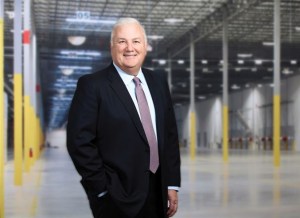



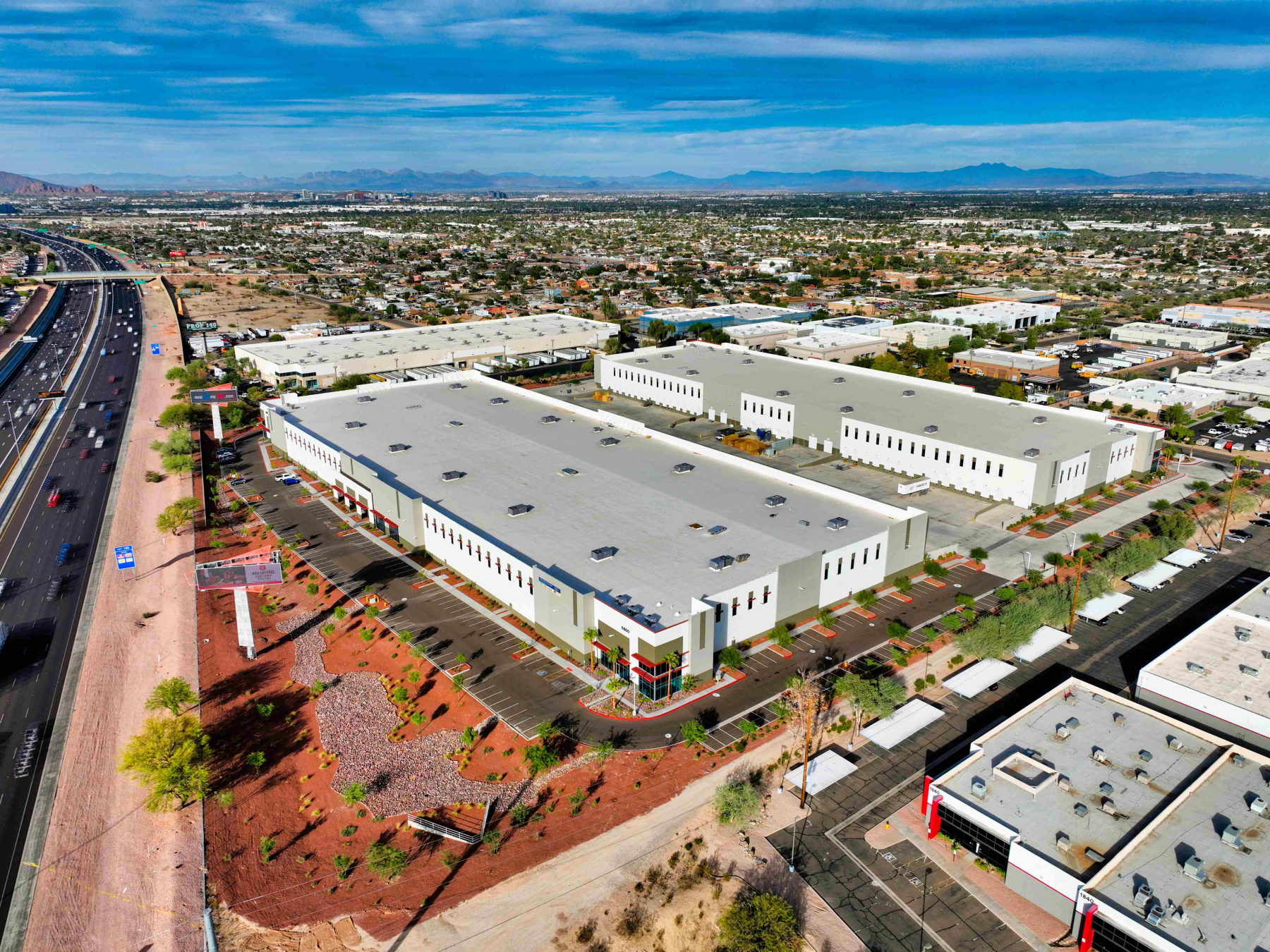
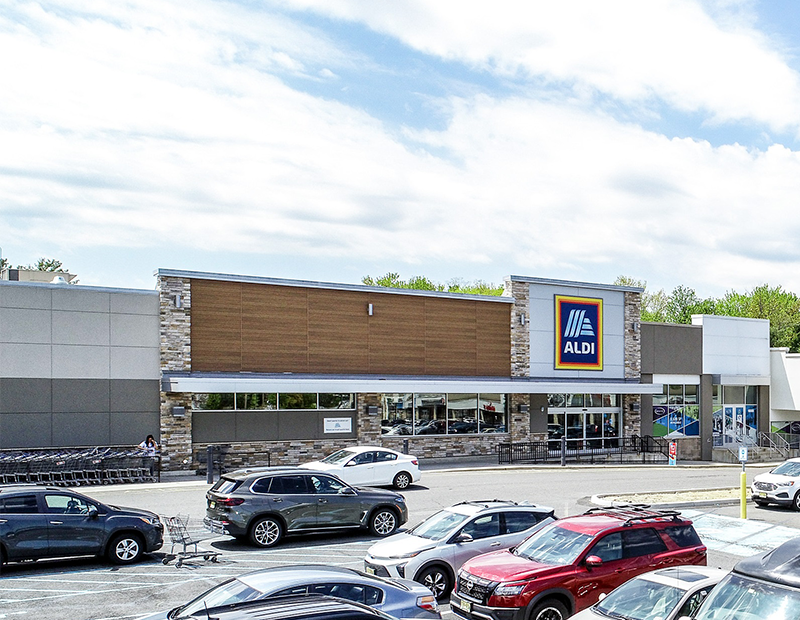
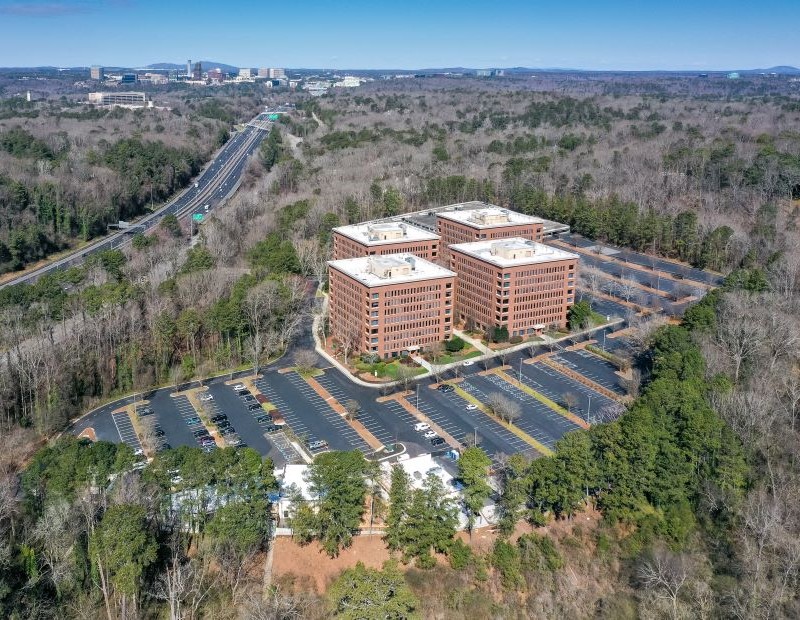

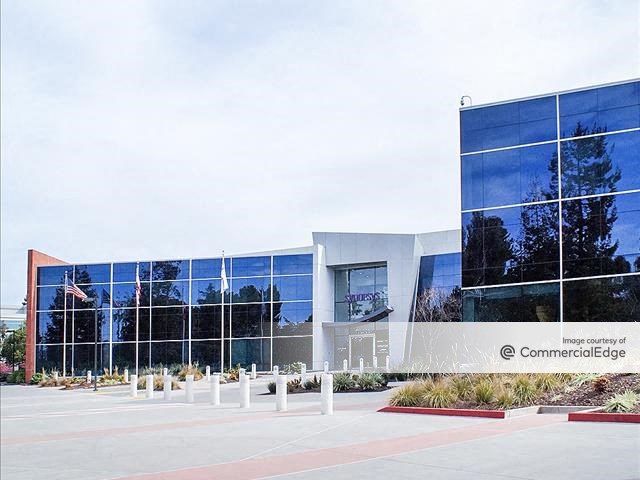
You must be logged in to post a comment.